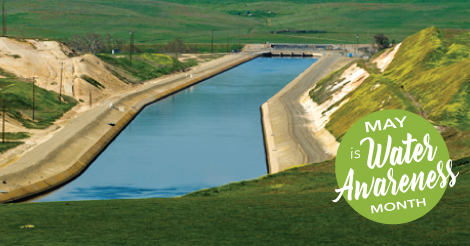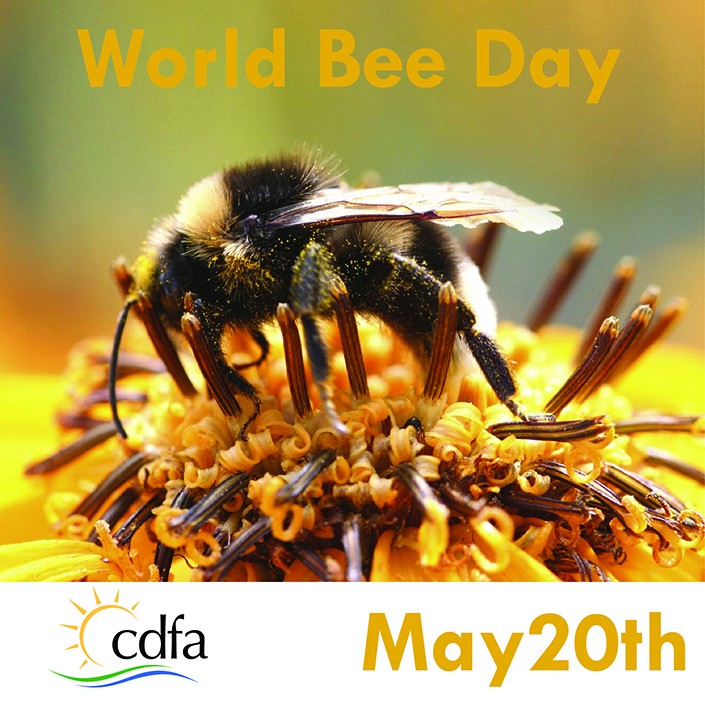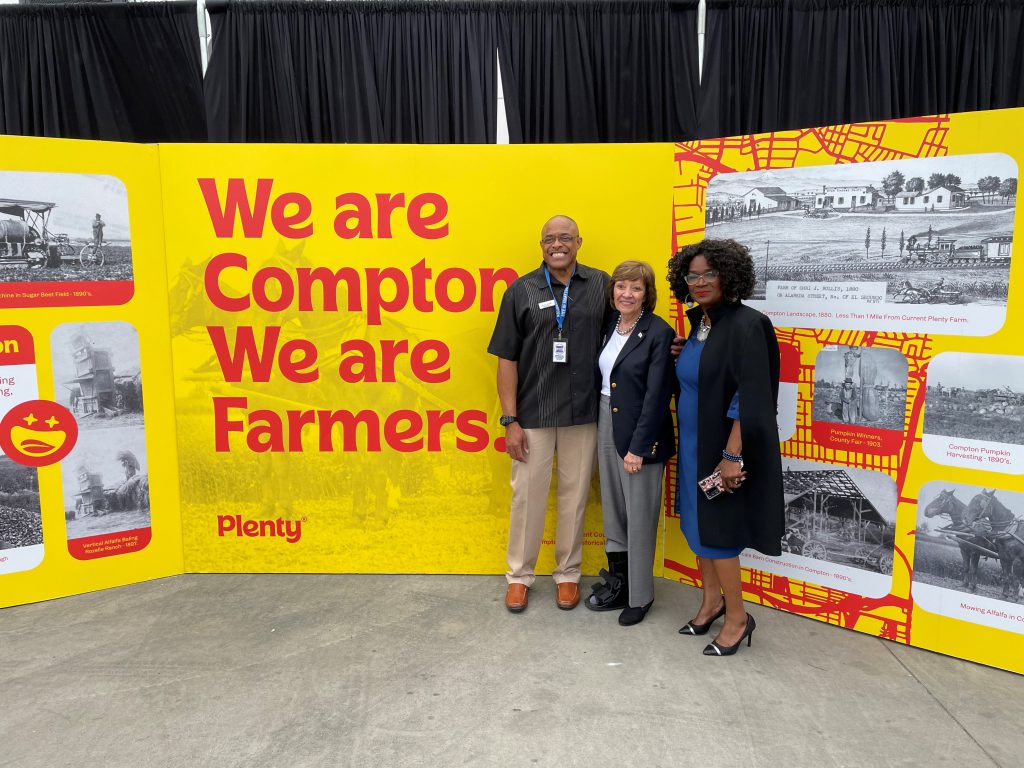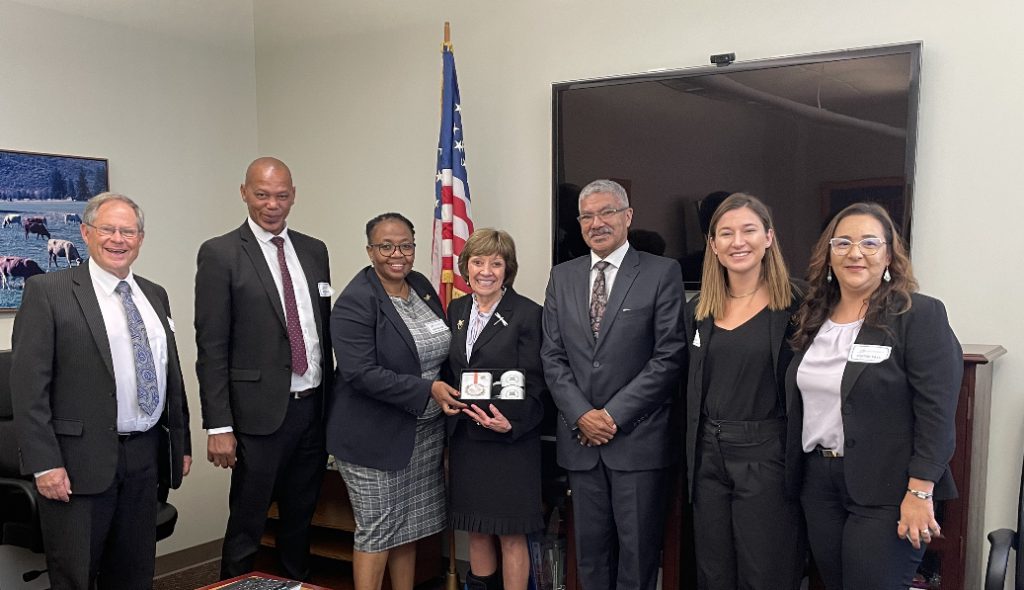It’s May, and that means it’s Water Awareness Month. The weather whiplash Californians have experienced over the past few months underscores the importance of our water systems.
While the recent wet weather has eased drought impacts on California, CDFA remains focused on continuing to provide water-saving programs and practices to help future-proof the state’s water supply.
Since 2014, CDFA’s State Water Efficiency & Enhancement Program (SWEEP) has made grant awards to more than 1,100 projects, covering more than 168,000 acres.
Just recently SWEEP unveiled its Block Grant Pilot Program. This pilot program is developed to advance California’s commitment to building more resilient water supplies amid the state’s extreme wet and dry weather swings. It will also test whether block grantees can accelerate the disbursement of funds and better coordinate community needs for technical assistance.
The SWEEP Block Grant Pilot Program will make available up to $40 million for the block grants.
Awarded organizations will work with farmers and ranchers to provide technical assistance and install on-farm projects in their area. Organizations wishing to apply for the block grant pilot program have until June 19, 2023.
“Water conservation is a shared priority throughout California, but each region of California is unique in its water supply challenges and solutions,” said CDFA Secretary Karen Ross. “We hope the SWEEP Block Grant can provide an opportunity for regional strategies to be supported”
To date, SWEEP has awarded more than $123 million, with more than $70 million in matching funds. CDFA received $50 million in 2021. Of that, $10.8 million was awarded to socially disadvantaged farmers and ranchers, while $4.5 million was invested in projects that benefit priority populations.
Additionally, CDFA’s Water Efficiency Technical Assistance (WETA) Program is also currently accepting applications through June 6, 2023. With a total of funding up to $15 million, entities can receive a maximum of $500,000.
These funds will be used to:
· Provide on-farm technical assistance to evaluate irrigation efficiency, provide diagnostics, and report to growers
· Coordinate pump-efficient testing for farmers
· Provide water use efficiency training as well as nutrient management practices and technology
For more information about these exciting opportunities, be sure to visit the Block Grant Pilot website at: https://www.cdfa.ca.gov/oefi/sweep/docs/2023/SWEEP_Block_Grant_RGA.pdf
And the WETA website can be found at: https://www.cdfa.ca.gov/oefi/technical/pdf/WETA_RGA_draft_2022_forcomment.pdf










